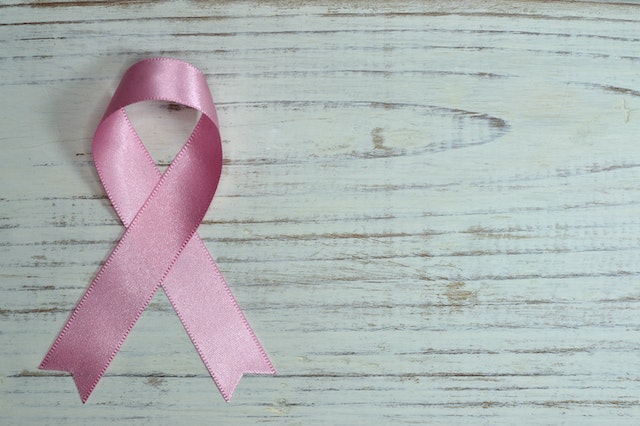The number of cases of breast cancer is rising on every continent. Thousands of people die from the disease every year. Breast cancer can occur in both genders, however, it’s far more common in women. Is any woman safe from getting this disease? Can anything be done to prevent it? And what comfort and support are needed by those fighting this foe?
Signs and Symptoms
Signs and symptoms of breast cancer may include a breast lump or thickening that feels different from the surrounding tissue, a change in the size, shape or appearance of the breast, changes to the skin over the breast, a newly invented nipple, peeling off the pigmented area of the skin surrounding the nipple or breast skin, and redness or pitting over the breast.
Risk Factors
Genetic, environmental, and hormonal factors may play a role in breast cancer. Women who are exposed to these factors may be at increased risk.
Family History
A woman having a family member with breast cancer, such as a mother, a sister, or even a maternal aunt or grandmother, has an increased likelihood of developing it. If several of them had this disease, her risk is greater.
Environmental Factors
There are environmental factors, broadly conceived, that are involved in triggering the disease. Since the female breast is one of the most radio-sensitive parts of the body, women exposed to ionizing radiation have an increased risk of breast cancer. So do those exposed to toxic chemicals. Another environmental factor is diet. Some suggest that breast cancer may be a vitamin-deficiency disease and point to a lack of vitamin D. This vitamin helps the body absorb calcium, which may in turn help prevent uncontrolled cell growth. Other studies link the fat in the diet, not as a cause, but as a promoter of breast cancer.
Why Vulnerable
Examining the makeup of the female breast explains why it is so vulnerable to cancer. Within it are ducts, tiny passageways, that channel milk from milk-producing sacs to the nipple. Lining the ducts are cells that divide and change continually in response to a woman’s monthly cycle, preparing her for pregnancy, lactation, and nursing her young. It is in these ducts where most breast cancers develop. Breast cancer begins when an irregular cell divides, loses control of its growth mechanism and begins to proliferate. Such cells do not stop reproducing, and in time they overwhelm the surrounding healthy tissue, turning a healthy organ into a diseased one.
A key to survival is detecting breast cancer early in its development before it has had a chance to spread.
Sources: Awake! Mayo Clinic

